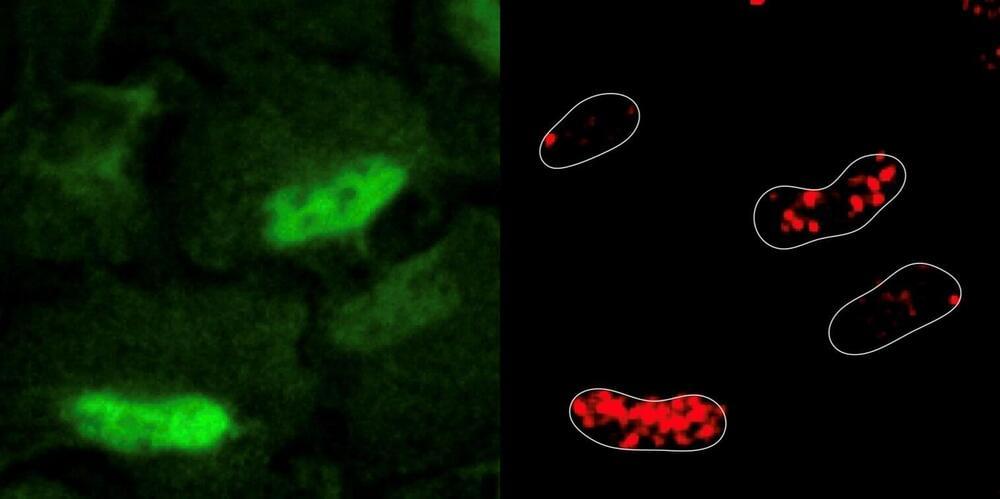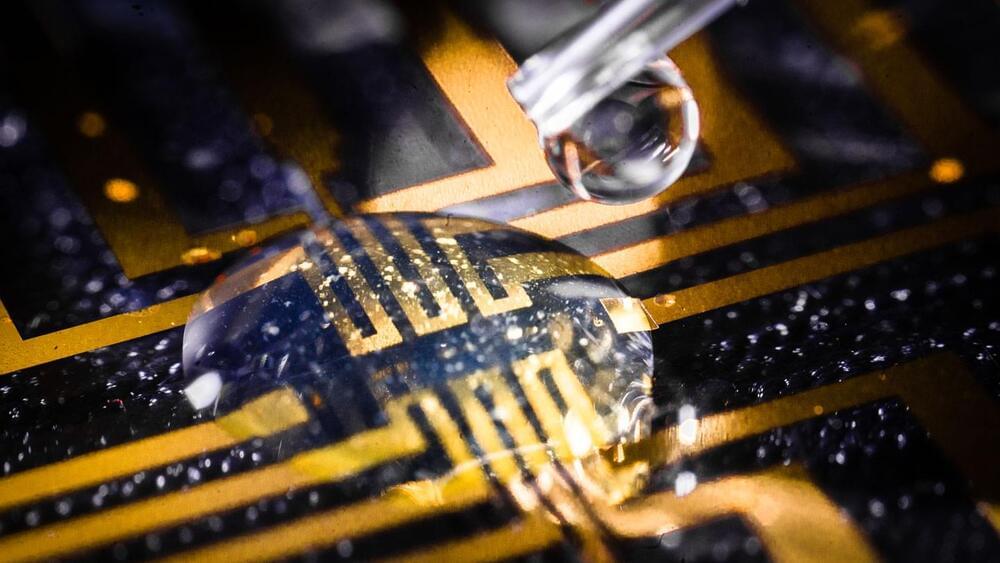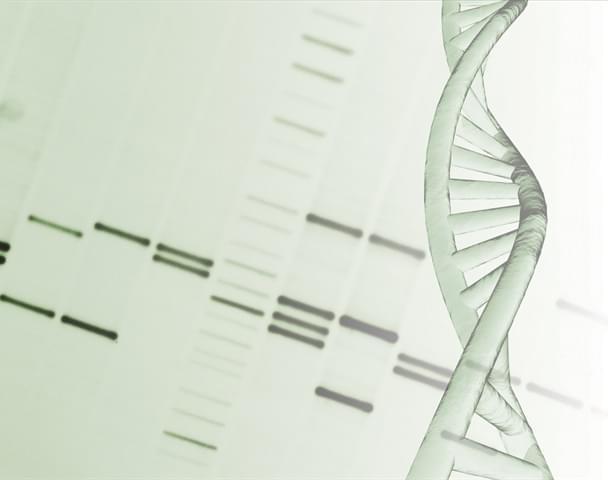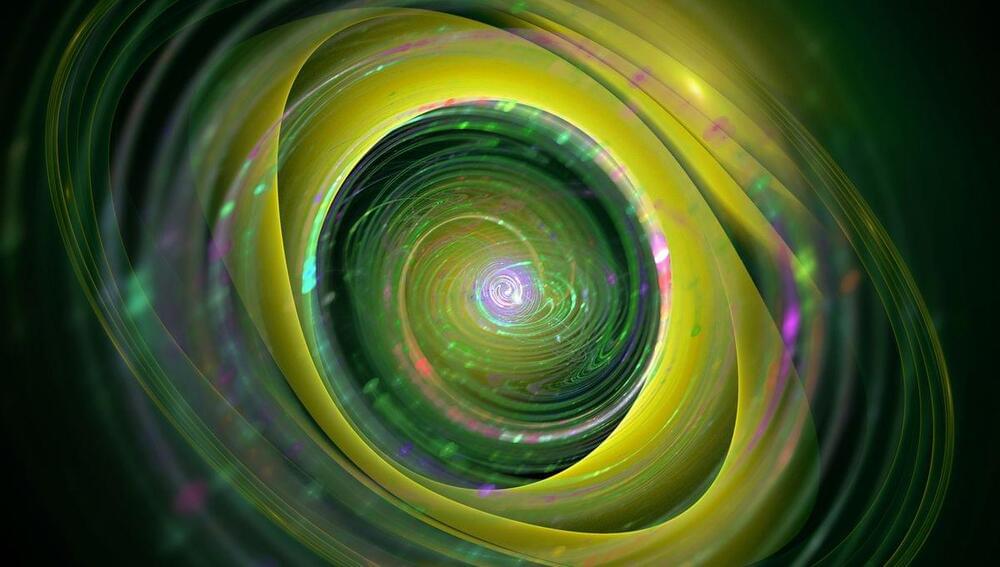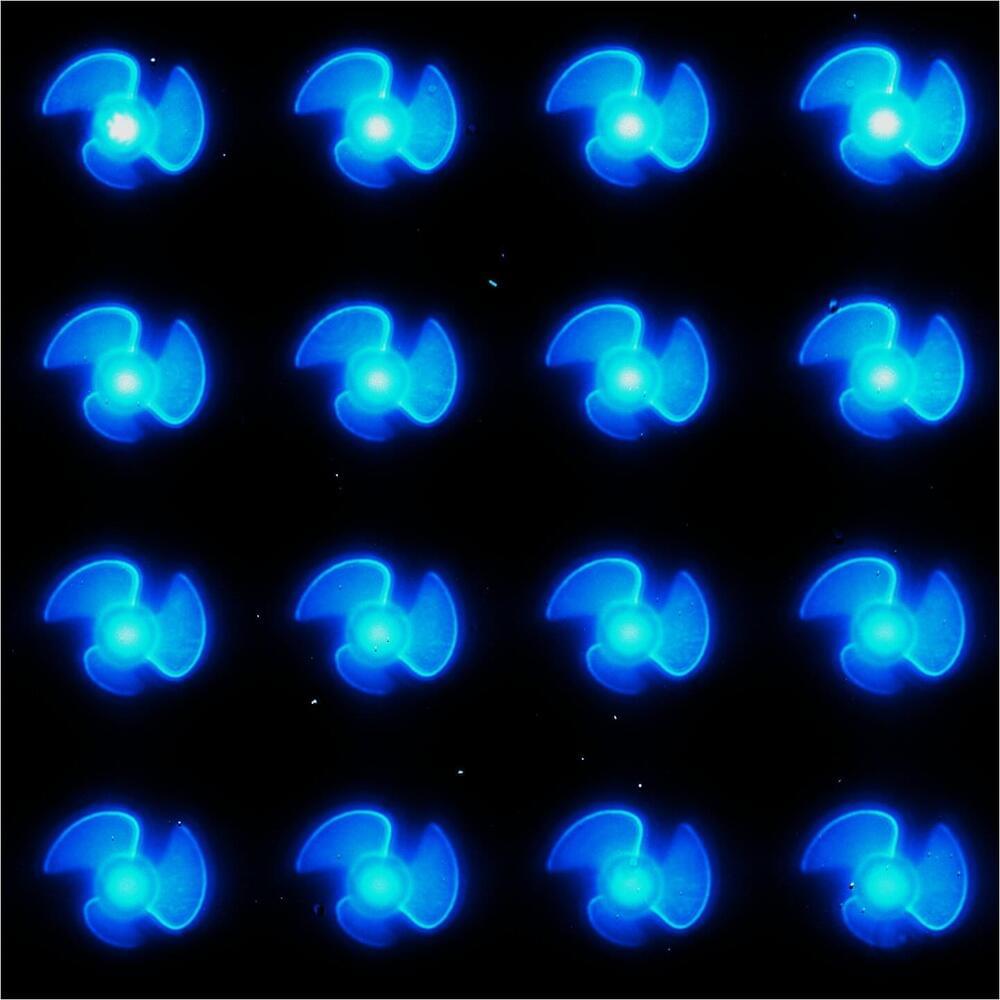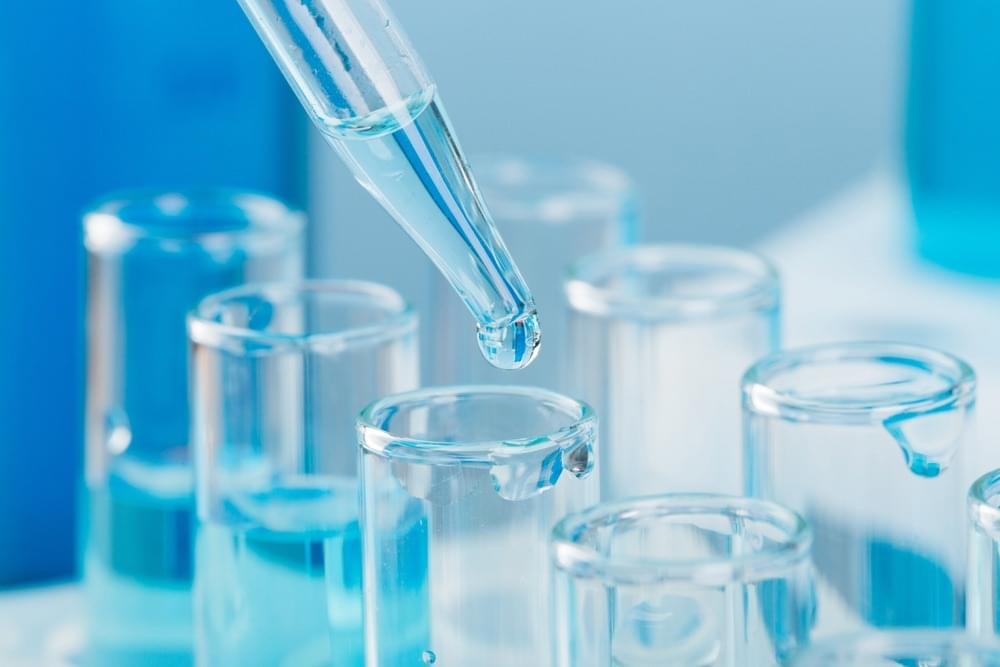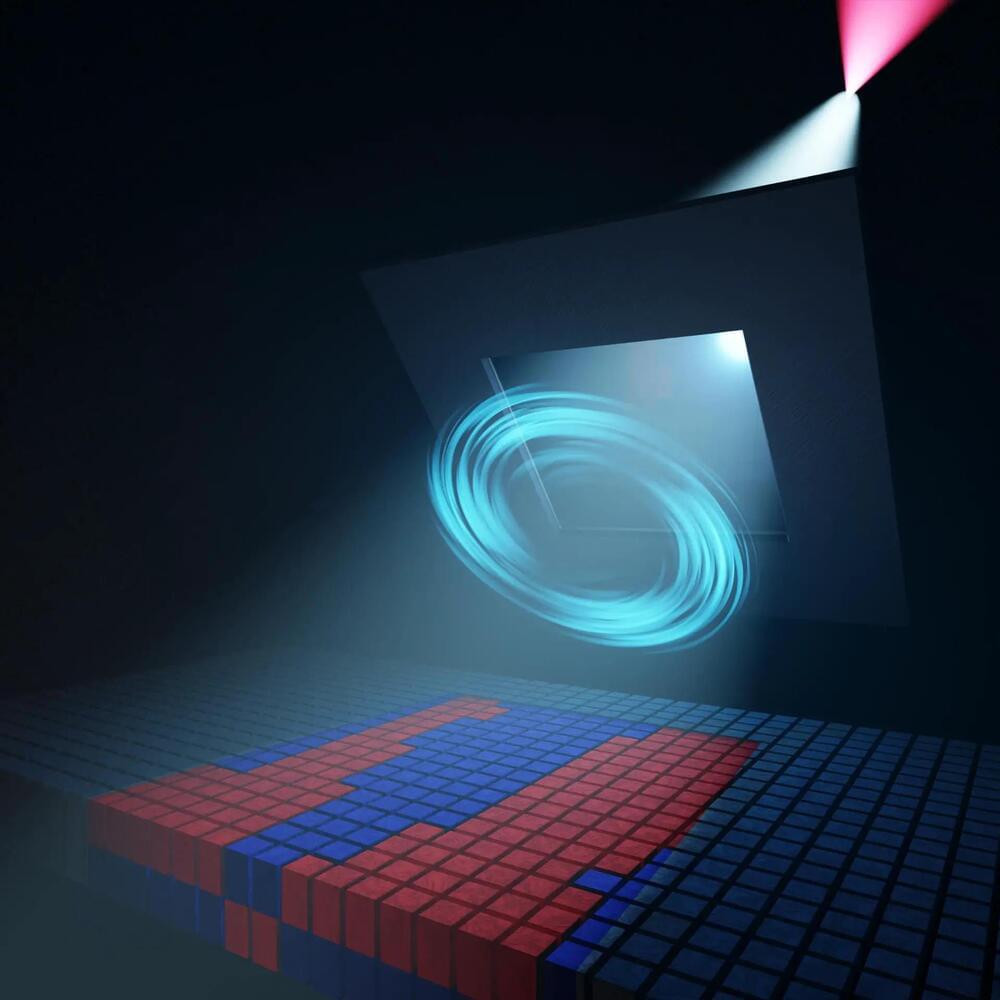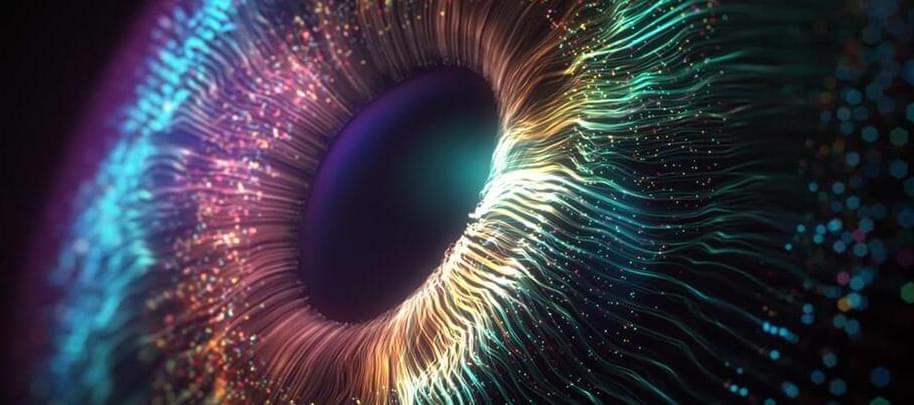Year 2021 😗😁
They were indeed correct that lead could be turned into gold — even if they were dead wrong about how it could be done. Now, modern science routinely takes us far beyond even the wildest dreams of the alchemists.
One of the most famous stories of nuclear transmutation comes from the 1970s, when nuclear chemist and Nobel laureate Glenn Seaborg worked at the Lawrence Berkeley National Laboratory alongside colleague Walt Loveland and then-graduate student Dave Morrissey. The scientists were using a super-heavy ion linear accelerator to bombard atoms with ions as heavy as uranium at relativistic speeds. “Among the ones we bombarded was lead-208,” Loveland says.

